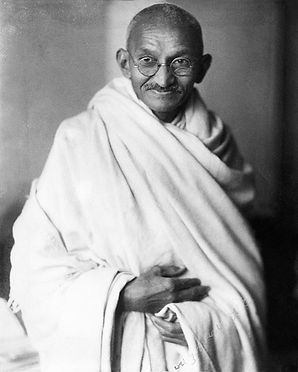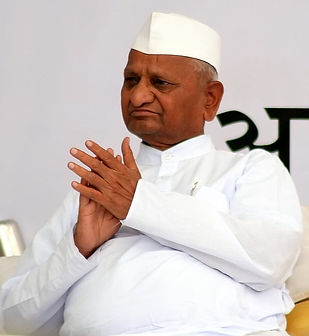MetaGuide
Comprehensive resource that provides an overview and deeper understanding for you to explore and immerse yourself in the fascinating and transformative world of fasting.
Benefits of Fasting
"A peacful life is the consequence of peacful organs, cells, and atoms. No one can be in true peace while waging war against themselves with food."
Ancient Cultures
Fasting has been a significant practice across ancient cultures worldwide, often tied to spiritual, religious, and health-related goals. These practices reflect the universal recognition of fasting as a tool for self-discipline, purification, and connection with the divine or the self. Here’s a detailed exploration of fasting practices in various ancient cultures:
Purpose:
Spiritual purification and preparation for rituals.
Ancient Egyptians viewed fasting as a way to cleanse the body and soul, aligning themselves with the gods.
Priests often fasted before participating in temple ceremonies to ensure they were ritually pure.
Fasting was sometimes associated with funerary rites, symbolizing readiness for the afterlife.

Spiritual, Religious, Philosophical Advocates of Fasting
Practice: According to the Gospels, Jesus fasted for 40 days and nights in the wilderness before beginning his ministry (known as the "Lent fast" or "Great Fast").
Philosophy: Fasting was seen as a way to deepen one’s relationship with God, gain spiritual strength, and resist temptation.

Religious Figures and Mystics
Practice: Moses fasted for 40 days and nights on Mount Sinai while receiving the Ten Commandments (Exodus 34:28).
Philosophy: Fasting was a way of preparing for divine revelation and purifying oneself for spiritual encounters.

Philosophical Advocates
Practice: The Greek philosopher and mathematician fasted regularly and required his students to fast before joining his school.
Philosophy: Pythagoras believed fasting purified the body and mind, sharpening mental faculties for philosophical inquiry and mathematical insight.

Fasting as a Protest
Prolonged fasting has been used as a powerful form of protest throughout history, particularly in nonviolent resistance movements. These hunger strikes often aim to draw attention to political, social, or human rights issues.
Cause: Gandhi used hunger strikes as a nonviolent tool during India’s struggle for independence and to address communal violence.
Famous Fasts:
1924 (21 days): Gandhi fasted to promote Hindu-Muslim unity amidst communal tensions.
1932 (6 days): Protested the British government’s decision to segregate the Indian electoral system through separate electorates for Dalits (then called "Untouchables"). His fast led to the Poona Pact, which preserved electoral representation for Dalits without segregating them.
1943 (21 days): Fasting during his imprisonment to highlight the demand for Indian independence.
1948 (5 days): Gandhi’s final fast, aimed at stopping violence between Hindus and Muslims following Partition. This fast succeeded in reducing hostilities in Delhi.
Impact: Gandhi's fasts brought global attention to India's struggle for freedom and demonstrated the power of nonviolent resistance.

Fasting Hierarchy


















.jpg)


.jpg)
.jpg)




















